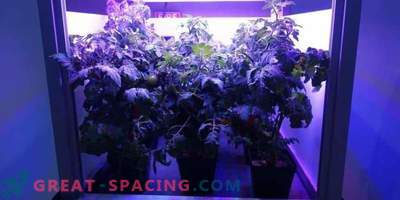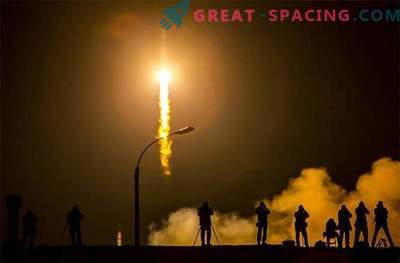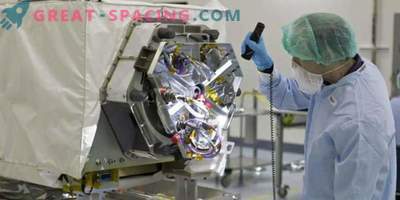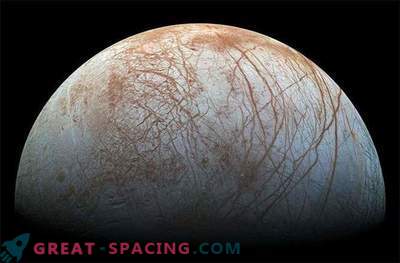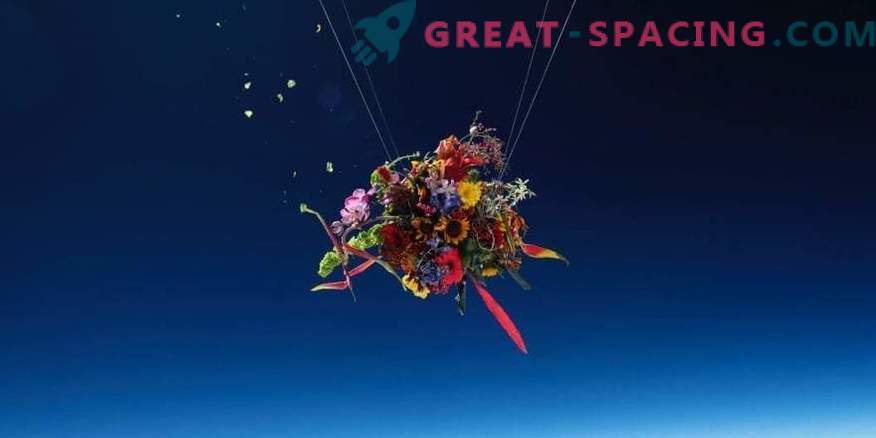
All the scientific activities of the 20th century centered around the conquest of the moon. It was an important starting point, allowing to move to the development of not only our system with its 8th planets, but also the entire outer space. Now we are not just sending probes to distant objects, we are looking for exoplanets and signs of life in other systems, but also put forward real plans for the colonization of the Moon and Mars, as the nearest most favorable objects.
However, such missions face a huge list of problems. It is important to understand that a person will not only have to go a long way (as is the case with Mars), but also come in an unfriendly environment with lack of water, atmosphere (air) and altered pressure. And most importantly, there is no vegetation that guarantees food and air. But can flowers grow in space?
Of course, the easiest way is to grow and sell fresh flowers in bulk in Moscow, but this will not be of any use on other planets. Why is this so important? The fact is that it is plants that allow us to get rid of the need to establish expensive and long-term supplies from the Earth to other space objects. In addition, they produce valuable oxygen. The main snag is that flowers are accustomed to terrestrial conditions. They need the right soil, supplements, sunlight and physical laws affecting growth. If you send a lily to the Red Planet, then it may die even during transportation and will not exactly take root in a foreign soil. How to be?
Laboratories have been around for a long time on Earth where they try to simulate Martian or lunar conditions. You can set the required temperature, pressure and chemically to achieve the desired state of the soil, and then look at the process of plant growth and eliminate the problems encountered. But we do not have one important opportunity - the ability to control gravity.
On Earth, it is gravity that controls the process of moving juices in the body. Its low rate also affects the human body, affecting the bones and muscle mass. Does vegetation react in the same way? The answer can be found thanks to the International Space Station.
It is an ideal environment for studying the effects of microgravity on vegetation and living organisms. The experiment begins on Earth. The grown grains are placed in a special gel, imitating weightlessness, and then wrapped in a special fabric and delivered to the station in containers. There they are planted in prepared soil in cells and irradiated with imitation of sunlight. Is there a result? Huge! It turned out that with some strategies the roots do not need gravity at all, as it happens on Earth. Another Charles Darwin demonstrated the method of “skew”, when the plant in search of water changed the direction of growth of its roots. The researchers noticed that this is repeated under conditions of low gravity, which means that it does not affect this process at all.
Back in 2014, the crew of the ISS boasted grown cabbage sprouts, and in 2015 they had lunch with fresh salad right in zero gravity! Of course, before this, all the samples were delivered to Earth and checked for their harmfulness to the human body.
In 2016, the first decorative flower bloomed - Astra Zinnia. This was reported by astronaut Scott Kelly. Now scientists are developing the necessary equipment that will be needed to grow flowers and garden plants in Martian and lunar conditions. They are also studying strategies for the protection and introduction of special chemicals to make alien soil conducive to earthly life.
Colonization of other planets is a matter of time, and one day flowers will be able to decorate the world outside our system.


